A break in the capital
It was not possible to come to Australia without going to the capital, especially as, given the dimension of the place, I am relatively close to it.
The opportunity was also unmissable as I have some connection there and therefore I could draw on local knowledge in pointing me towards things to do and see. Margaret, a very close family friend has a brother, Donald, that emigrated to Australia 49 years ago. He married and has four children, two of whom I have, over the years, met.
Janette, the youngest, cam to pick me up on Monday from Batemans Bay and drove me the the 98 miles up a very steep road to Canberra. Three things struck me from the very beginning: First I was extremely happy to have chosen not to ride the road between here and Canberra, it is relentlessly steep. Second I was amazed at how a nearly 100 miles journey was treated as a simple “going down to the coast”, things like this, in Europe, tend to planned with months of advance. Finally, and upon arrival into Canberra, I noticed how different the climate was. Up there, a mere 2000 feet up from the coast, it’s really dry ad, at this time of the year, cold. In the days I was there the nighttime temperature fluctuated between -5 Cº and -7 Cº.
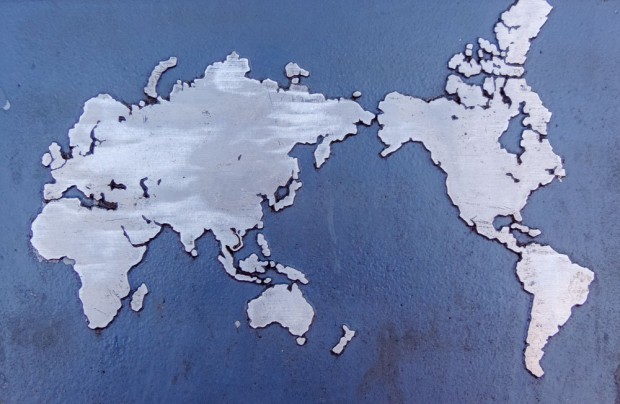
The first day in town I spent with Donald and his wife Lorraine, as well as her cousin Rob and his wife, also visiting from the north coast of NSW.
We went to Mount Ainslie, a tall hill overlooking Canberra and then to the parliament district where we visited first the old parliament building, now Australian Museum of Democracy, and then the new parliament building, including attending Prime Minister Question Time.

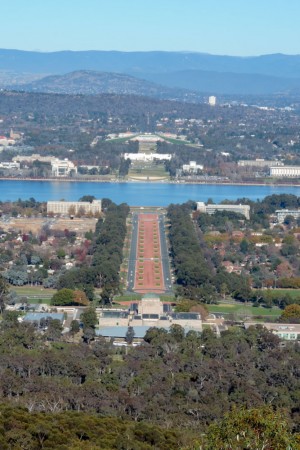
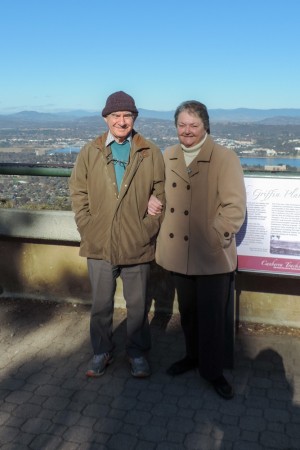
The old parliament building was quite intriguing. It was built as temporary housing for the new federal parliament just after the Commonwealth of Australia was formed in1901. In the end it was used until 1988 as, between wars and economic turmoils, it took that much time to build the new building that currently houses the federal parliament.
The first striking image you get when you go and see the “Museum of Democracy” is the protest camp in front of it. Much like the POW-MIA Kiosk in Washington DC or the Faslane Protest Camp in Scotland, this is a semi permanent feature highlighting the major rift that runs through Australia society, the Aboriginal problem.
Unlike New Zealand, where the Treaty of Waitangi between the Crown and the Maori tribes forms the basis upon which the state of New Zealand was built, in Australia the Crown did not seek to get the local agreement for their taking over of the land. What happened was that the inhabitants were deemed not to be human and therefore the land was claimed by the Crown as “terra nullius” hence creating an automatic right for the occupants to the land they occupied. This declaration forms the basis of the existence of the Australian entity and without it there would have to be a regress to the tribal law of the populations that lived in the continent prior to the European colonisation. While this original act of injustice is undeniable the regression is also hardly possible as the vast majority of the current population are descendant of the colonisers and their culture could not cope to the move to a legal system where, for example, women are the property of men.
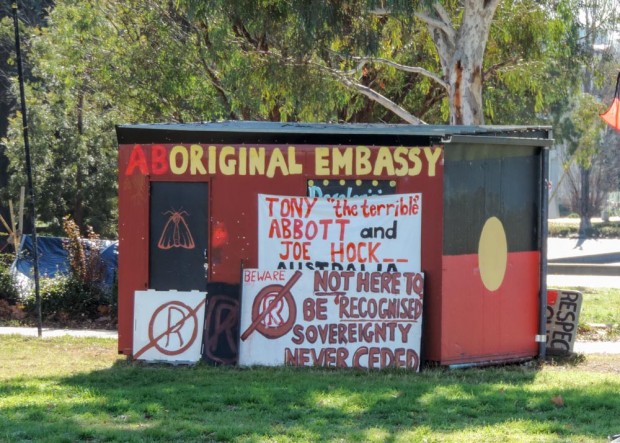
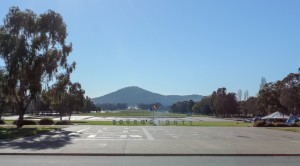
The visit to the old parliament was very good, the guide was prepared and funny but not overbearing as some guide can be. The structure of the parliament betrays that duality of the Australian mindset where they reject britishness as a sign of independence while at the same time incorporating so many of the symbols of the former colonial power. It looks a little like a post adolescent child that has completed the cycle of rebellion only to find out that what the parents said was not that wrong after all.
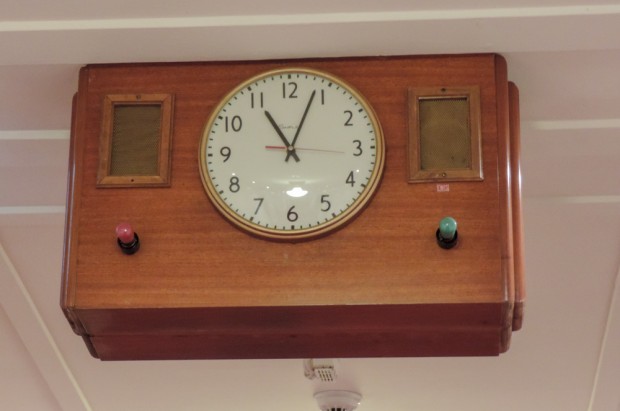
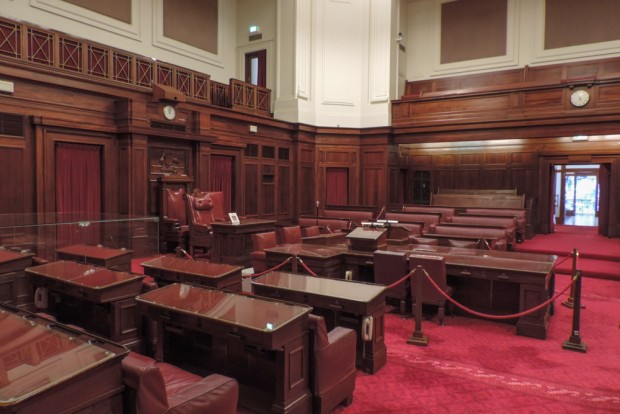
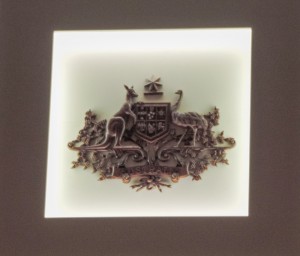
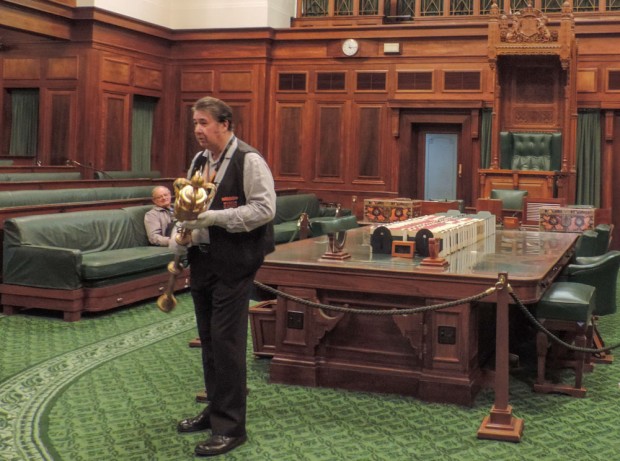
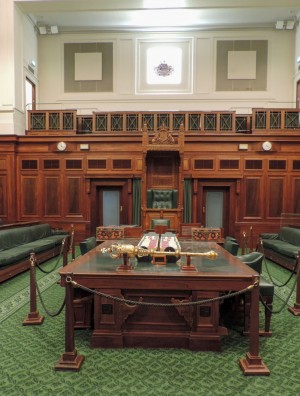
After all the history and the symbolism of the old parliament it was time to move to the new one. Built in the 80s and opened in 1988 it is a completely different proposition. Grass on the roof and large halls allow for a very inclusive and open feel to the place, a lot of the old symbolism has remained, like the colour coding for the houses, green fro the commons and red for the senate, but there is also a great deal more space for the public to take part and be included in the national dialogue.
On the spirit of taking part Donald, Rob and I decided to go and watch Prime Minister Question Time which, unlike the once weekly UK equivalent, is held every day between 2 and 3 PM (boom boom).
“Puch and Judy” is often used as a phrase to describe UK parliamentary debate, well, let me tell you that, compared to the Aussie equivalent, UK PMQT is a very tame affair. These guys down here do not go in the vicinity of the neighbourhood of answering the question that is asked of them, preferring to launch into vehement, often personal, attacks of their political counterpart. Added to that it appears that the speaker of the chamber, nominated by the majority, is far from super partes, as I was in the chambers I saw her expelling 5 members of the opposition to none of the government. Altogether a less than edifying show just underlying my belief that the neighbour’s grass is not always greener.
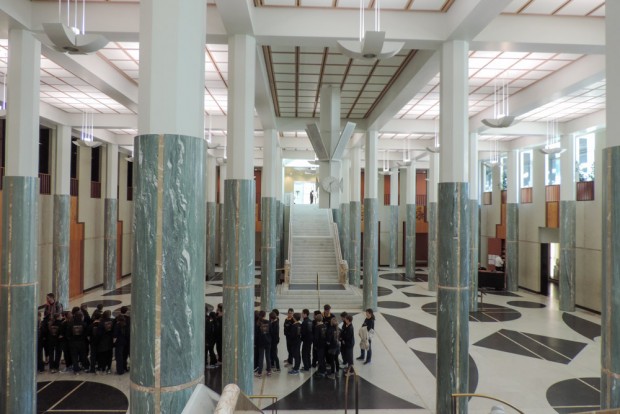
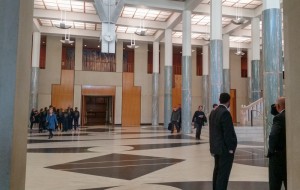
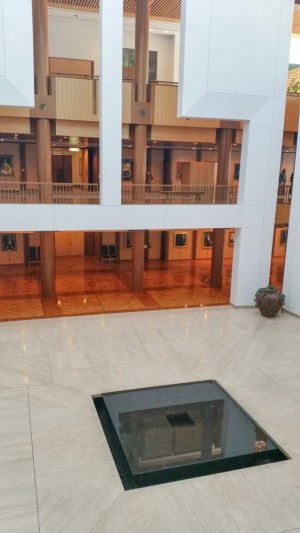
Day one concluded with a great roast of lamb for which we were joined by Janette and her husband Michael.
On day two I, wishing not to be too much of a burden, decided to do my own things and got a bus to the town centre. My first destination was the National Museum of Australia and I spent the rest of the day just wondering around and and enjoying the not so warm but definitely shining early winter sun.
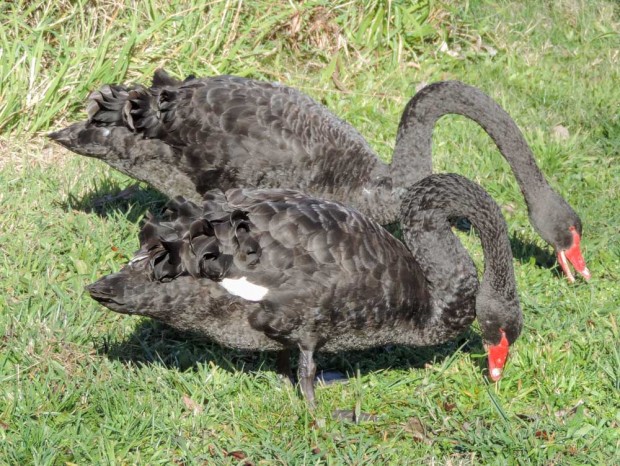
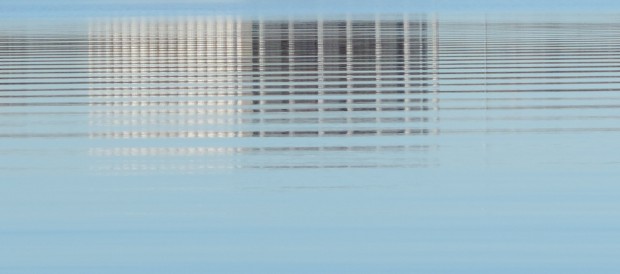
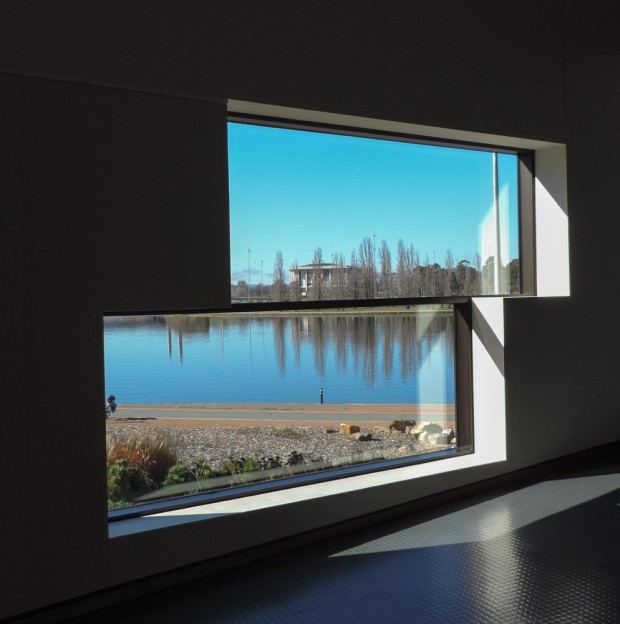
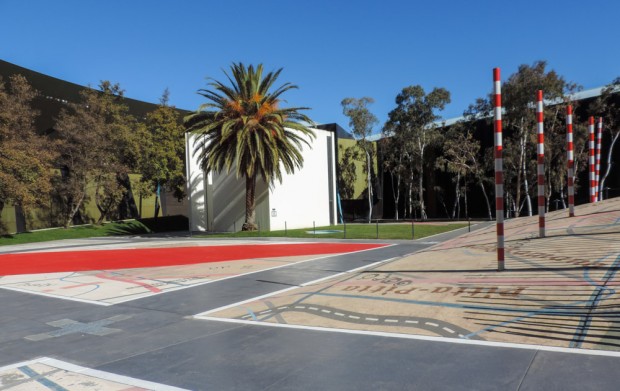

The Australian National Museum was extraordinarily educative. I wold really recommend it to anybody coming to the country. It does not trivialises things and it is not too high brow, it simply puts into prospective all the things you might know already of the country while filling some of the gaps. After the visit I felt like I understood a bit more of this country, its idiosyncrasies and it’s treasures.
One of the guides caught me a bit off guard when, hearing that i was from Scotland, he asked me to translate a bit of Gaelic language. I naturally failed, but I was confronted in the fact that I could not think of any of my Scottish connections that might have succeeded in the task, I made a mental note to add learning Gaelic to my “improve Scottishness” list.
Lunch was a great Vietnamese Pork sandwich at the Westside Container Village. This place has attracted praise and criticism in equal measure in Canberra just showing how the generation divide is one of the great obstacles to social cohesion. I love it, it appeals to my yearning for cahos and randomness.
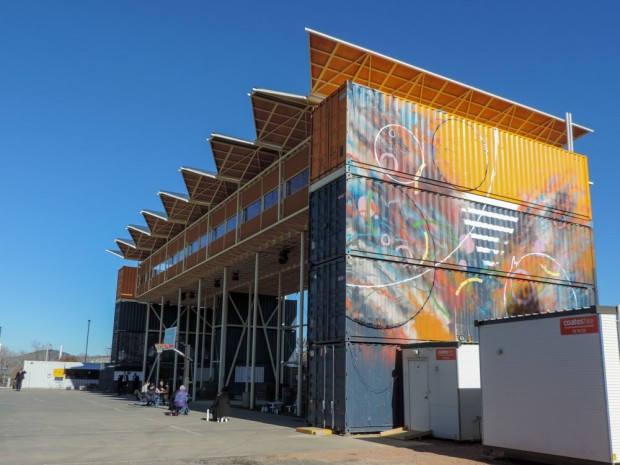
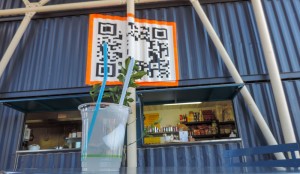
After lunch and a little snooze in the sun, that’s what old folks like me do if the opportunity presents itself, It was off for a great walk tour of the city. I had all but decided that it was too sunny a day to go into any more museums or galleries and there was, in my view, much more to be had by simply going around and taking in the feel of the town.
First stop was the lake and then ANZAC Parade where all the war memorials to the, I learned, large Australian involvement in world wars.
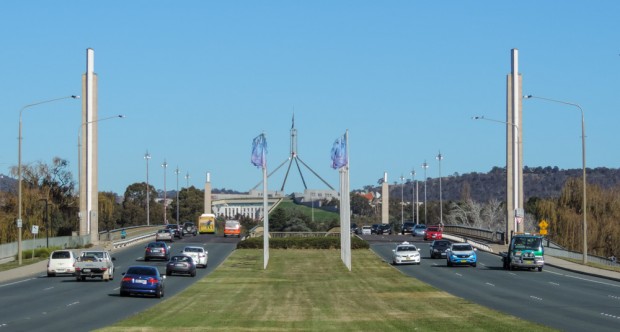
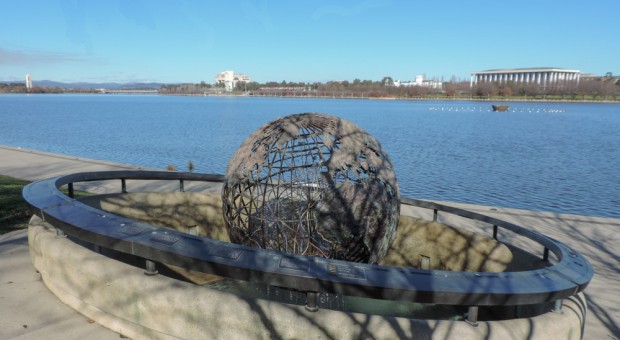
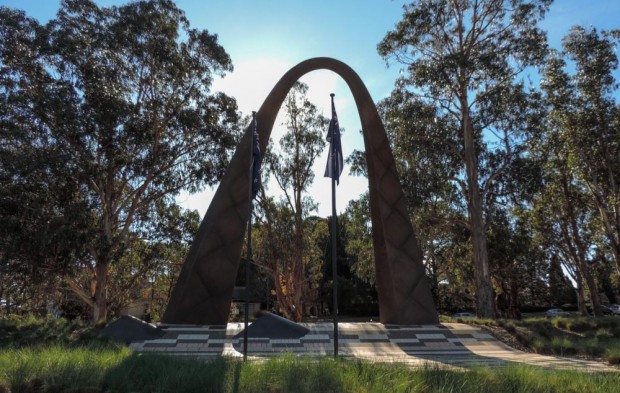
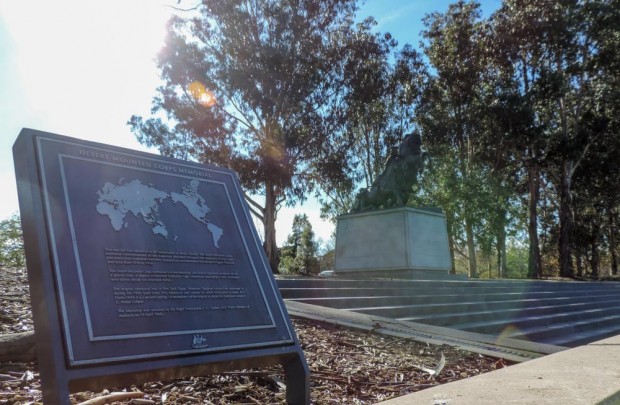
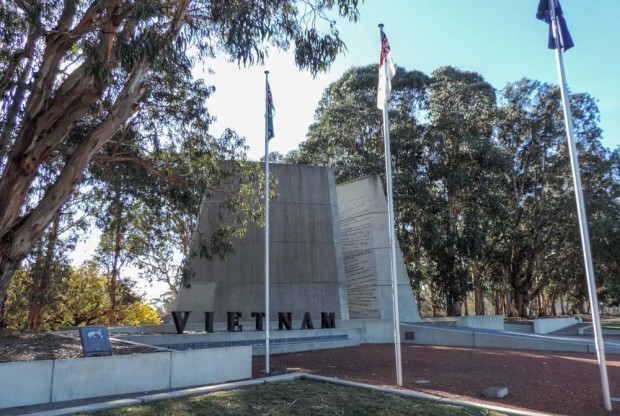
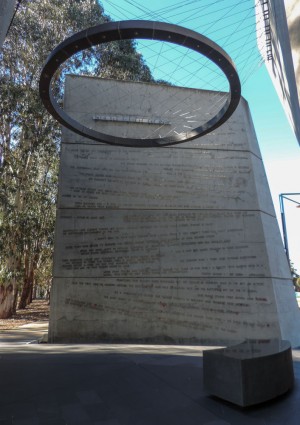
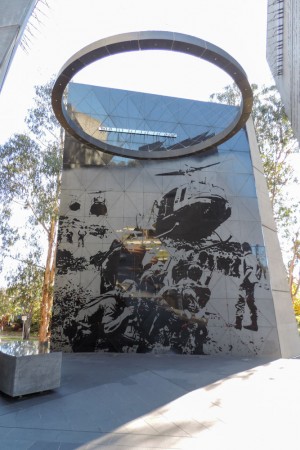
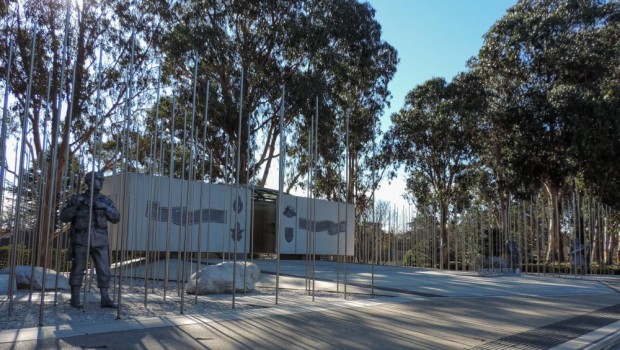
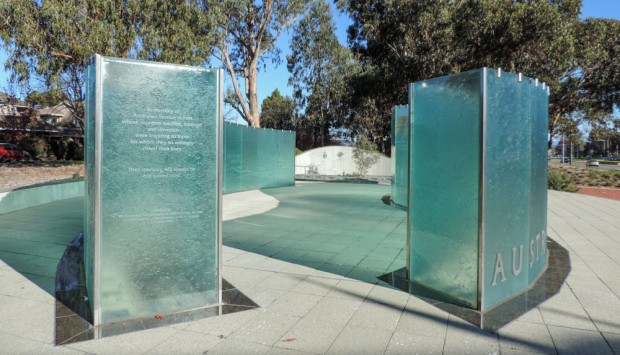
After ANZAC Parade I got back to the lake and took a few pictures of the National Carillon and the now shooting Captain Cook Memorial Jet.
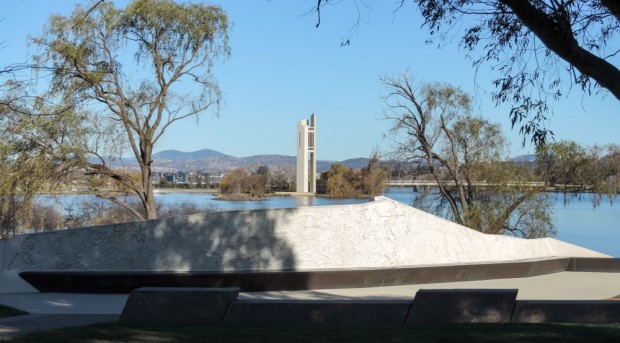
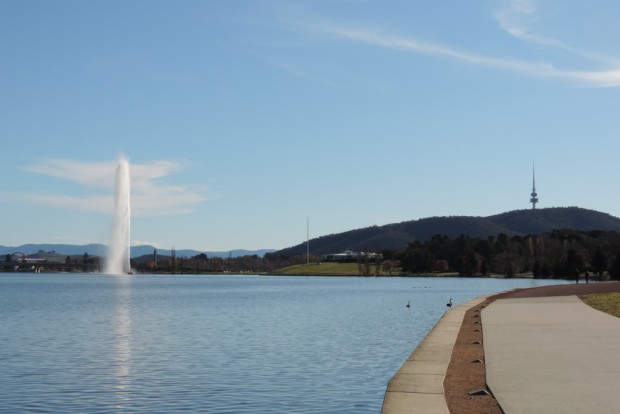
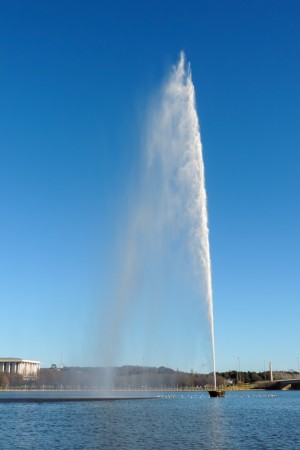
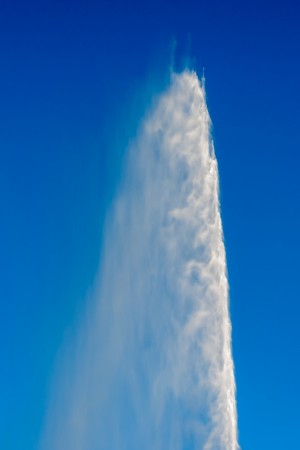
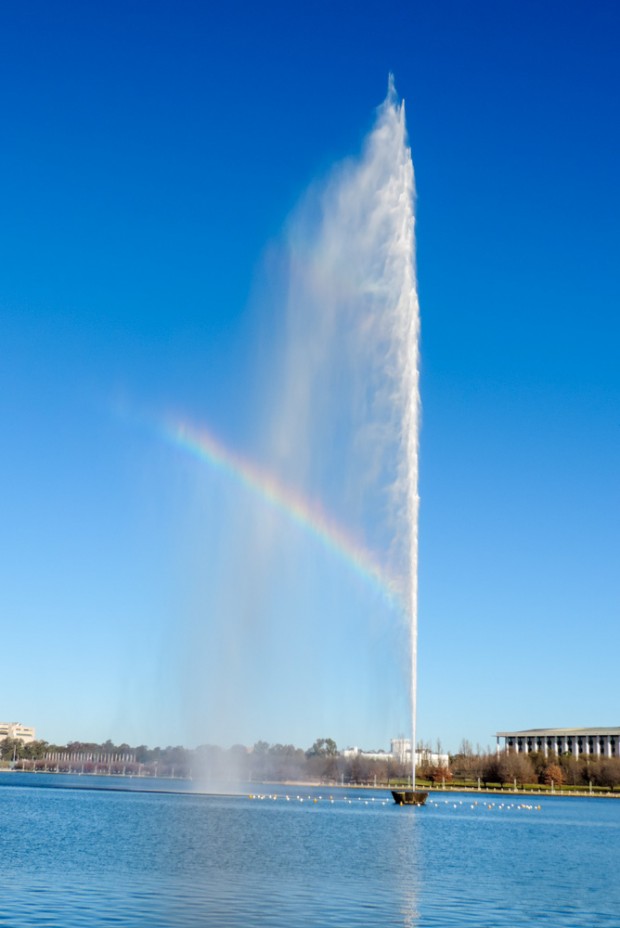
To conclude the visit to Canberra I dug into the city centre and explored the places where neither the business or remembrance or the business of government is done.
As with every “new town” the centre of Canberra is very practical. Not build on a strict grid pattern, Canberra is too new to have fallen into that architectural dead end, but still designed and not grown organically. The Melbourne and Sydney building at the bottom of Northbourne Avenue are the oldest building and with their colonial style architecture they stick out from what is otherwise a very modern looking city centre.
I had a coffee and relaxed a bit before giving into the irresistible pull of the Kathmandu shop, luckily I managed only to buy a belt that, nearly 4000 miles of cycling have now made a necessity.
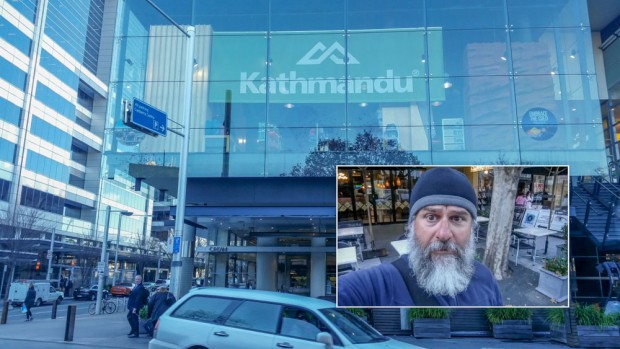
Many people told me that going to Canberra was a bit of a waste of time, I’d have to disagree. While, if I had to choose, I’d probably pick Melbourne over Canberra and, in a week time, I’d probably say the same about Sydney, I really enjoyed the time there and I enjoyed things, like PMQT you can only get in the capital.
Of course it has to be said that my time was made all the better by my fabulous hosts, the company of whom made get a much deeper insight into the coolness of Australian people.